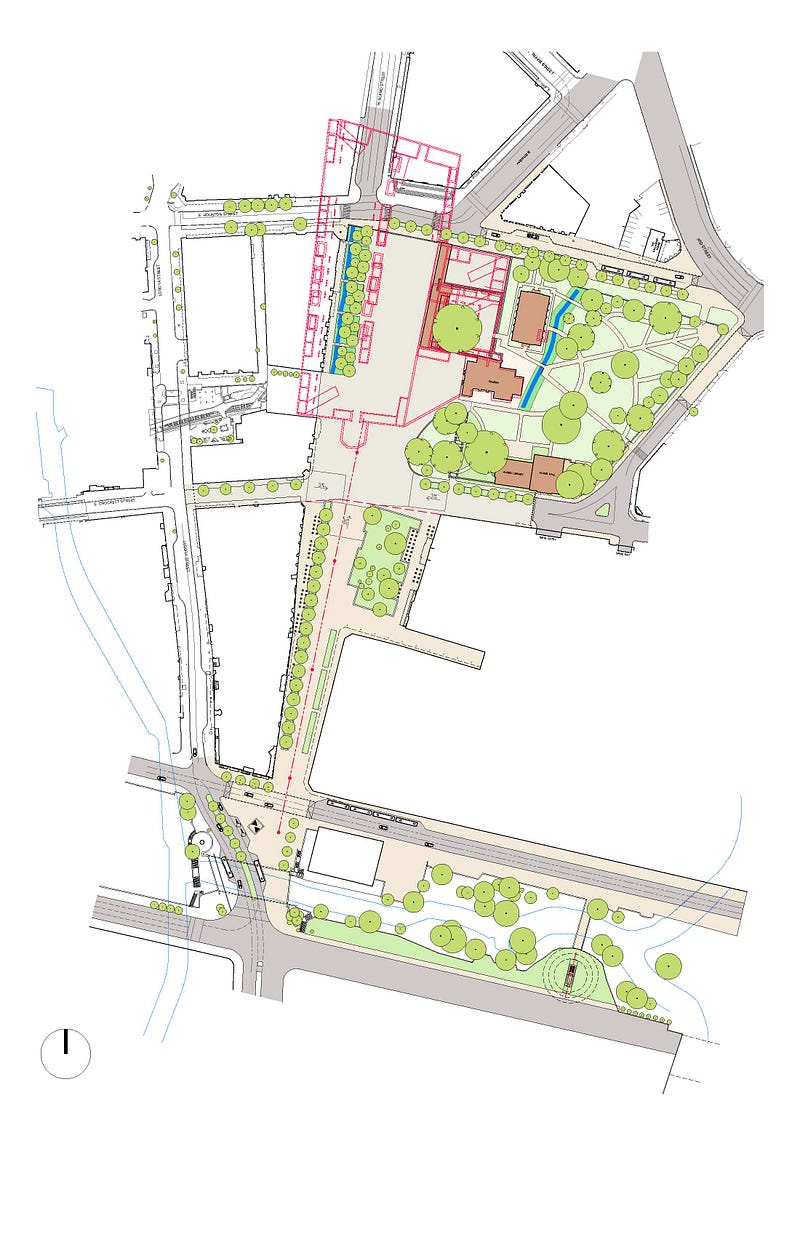New Alamo cam
http://www.ustream.tv/channel/alamocam
http://www.ustream.tv/channel/alamocam
Quote:
East Side historic site discovered
By Scott Huddleston
October 21, 2016
Various types of ceramics, possibly from the early 1800s, were also found in City Cemetery No. 2, providing further evidence of the site of the powder house and three-story watch tower that sat on a hill when ... more
City officials have discovered the site of a Spanish colonial-era lookout tower and gunpowder storage house on the East Side, adding a broader perspective to the story of the Alamo and early San Antonio.
The base of a wall and artifacts tie the site, in City Cemetery No. 2 at Commerce Street and Palmetto Avenue, to the historic "powder house and watch tower," stone structures whose exact location has long been pondered by Alamo enthusiasts. Details of the find were released late Friday at a symposium at the Witte Museum.
The lookout tower, on the edge of a large topographical terrace, also was likely used to protect the village of Bjar from hostile indigenous bands and other invaders long before the cemetery was established in 1884.
"This would have commanded a really significant view of not only the Salado Creek Valley, but of the San Antonio River Valley," Elverson said.
Especially critical among the artifacts were the gunflints. Military historian Sam Nesmith said they are the size of those used by Mexican forces to fire their Brown Bess muskets.
"It shows that they were making gunflints there, in addition to throwing away used and broken gunflints," Elverson said.
After the 1880s, the area became known as Powder House Hill, for its ties to the powder house.
Hindes said the discovery arose from an initiative to pinpoint more sites, including abandoned former missions, battlegrounds and presidios, in preparation for the city's yearlong tricentennial celebration in 2018. The city will commemorate the 1718 founding of the first Mission de Valero and village of San Antonio de Bjar.


Master plan proposedQuote:
Under the proposals, the state-owned Crockett, Palace and Woolworth's buildings on the west side of Alamo Plaza would retain their late 1800s and early 1900s facades but be gutted to become a 120,000-square-foot visitor center.
The center would feature at least five galleries, each focusing on an era of the Alamo, which served as a U.S. Army depot and a general store in the decades after the famed 1836 siege and battle for Texas independence from Mexico. The Land Office purchased the buildings a year ago for $14.4 million.
The planning team recommends a flow of visitors entering the site from the south, in the area of the historic location of a main gate that served the Mission San Antonio de Valero and 1830s Alamo. Officials envision a hologram production explaining, in about 20 minutes, the site's 300-year recorded history in the entrance of the museum, which would charge admission.
Removal of traffic, demolition of non-historic walls around the Alamo Gardens on the east end of a state-owned historic complex and relocation of the 1930s Alamo Cenotaph from the city-owned plaza to a linear park by the River Walk about two blocks south would help open up the area as a public space and encourage a more reverent atmosphere, officials said.
The city is working with amusement attractions that occupy the state-owned buildings under long-term leases to move to a new, nearby entertainment district.

I believe so, at least the museum part.Quote:
Also, was this part of the Phil Collins stipulation for donating his collection?





Cen-Tex said:
Nice map plotting Houston's retreat from Gonzales to San Jacinto and other events during the Texas Revolution
http://maps.google.com/maps/ms?hl=en&ie=UTF8&msa=0&msid=107244975480431318607.00045a4663091cf87e80a&z=8